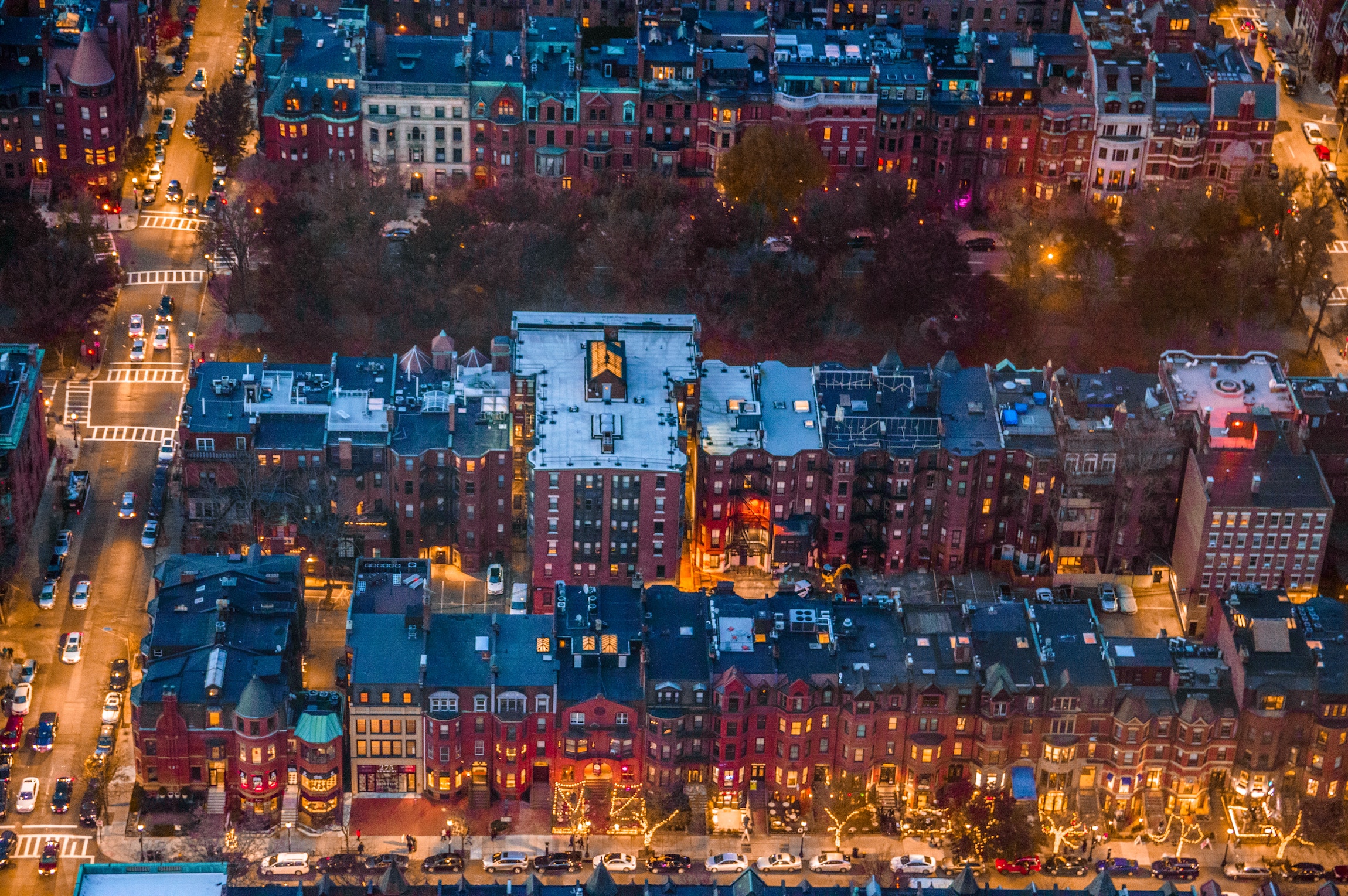Boston ‘Housing Emergency’ Prompts Regional Initiative for New Residential Construction
A housing shortage that one mayor called “an emergency” has spurred a regional initiative in the Boston area to build more residential units. The mayors of 15 cities and towns close to the Bay State capitol pledged to sharply accelerate the pace of home construction. The goal is to add 185,000 new homes by 2030 in the 15 communities.
Since 2010, just 32,500 housing units have been permitted in the same municipalities, so the goal represents a pace of housing construction that is three times as fast as the region has built over this decade. Boston Mayor Marty Walsh recently increased his city’s new-housing target by 30% to 69,000 additional units by 2030.
The goal of the suburban cities and towns may be difficult to achieve because of resistance from residents worried about the effects on traffic, schools, and quality of life. A bill proposed by Gov. Charlie Baker that would have allowed communities to lower the threshold for zoning changes from a two-thirds approval vote by a local government council to a simple majority failed to get through the state legislature this year. That is an indicator of how tough it is to create new housing in the densely populated municipalities surrounding Boston.
Power Systems Will Become More Decentralized for Better Disaster Resiliency
Recent storms such as Hurricane Florence in the U.S. and Typhoon Mangkhut, which struck the Philippines and China, highlight the need for decentralized infrastructure, according to a recent Bloomberg article co-written by an energy analyst. “On the basis of economics alone, the power systems of many countries will become highly decentralized in coming years,” the article says. By mid-century, more than a third of power-generation capacity in Japan will be customer-controlled in homes and businesses, the analyst asserts.
In Brazil, more than half of power generation will be in the control of private customers. If millions of small generators compensate for a small number of centralized failures, such decentralization would make electric systems more resilient.
While decentralization will grow based on the cost of energy, it will take government action as well. “Centralized decisions on things like building codes and flood zones can catalyze resilience,” the article says.
New Disaster Recovery Reform Act Will Support Adoption of Modern Building Codes
The U.S. Congress recently passed the Disaster Recovery Reform Act (DRRA) and the Supplemental Appropriations for Disaster Relief Act. The legislation supports the adoption and implementation of modern building codes and will provide nearly $1.7 billion for communities struck by natural disasters in 2018.
Pre-disaster mitigation grant funding is expected to quadruple. Communities that adopt and enforce modern codes would be more competitive applicants for that funding.
“Pre-disaster mitigation starts with the codes,” said International Code Council Chief Executive Officer Dominic Sims, CBO, in a news release. “The funds provided through the DRRA for updated building codes, adoption and implementation are essential for protecting our families, our lives, and our investments.”
With Mortgage Rates Rising, Housing Affordability Hits 10-Year Low
Home affordability is at its lowest level in 10 years, according to a new report from ATTOM Data Solutions. Home affordability ranks 92 on the research firm’s index, with 100 representing a balanced market. This is the second consecutive quarter that home affordability has fallen below 100 in ATTOM’s index.
Rising mortgage rates and a disconnect between home price appreciation and wage growth are worsening affordability. Home prices nationwide bottomed out in the first quarter of 2012. Since then, median home prices nationwide rose 76%, while average weekly wages are up 17%.
Low-Carbon Vancouver Neighborhood with Dedicated Energy System is Cost Competitive
UniverCity, a neighborhood created in the mid-90s to house Simon Fraser University faculty, staff, and students, emits significantly less carbon than comparable areas. The neighborhood, which houses 5,000 people, in Burnaby, British Columbia—near Vancouver—has reduced carbon emissions by 80%.
A neighborhood energy utility system that provides domestic heating and hot water is a key factor in that achievement. Homes in UniverCity have to be at least 30% more energy efficient and 40% more water efficient than the national energy code. Developers are able to create housing that is price-competitive with other neighborhoods in Burnaby.













